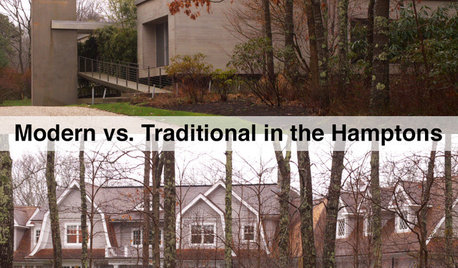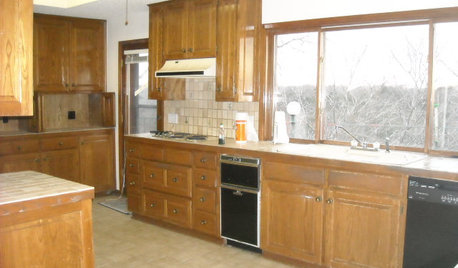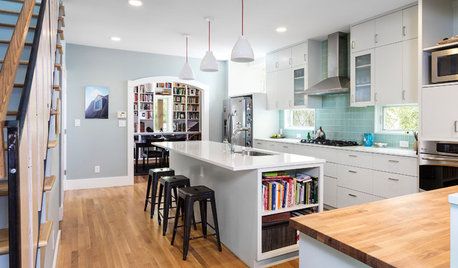I've been reading a lot of past threads on softener sizing and recommendations. I'm about to replace a system and I want to make sure I make the right decisions. Here's the info on the home:
3,800 sq. ft, 4.5 bath house on municipal water in Southern California. House was built in 2000-2001.
A few years ago a local water company tested the hardness at 26 GPG with TDS of 462. I am now working with an independent who lives around the corner (on same municipal water as me) and services my neighbor. The independent says that he's tested as high 25 GPG in our neighborhood, but more typically in the 15 to 16 range. The Water district buys water from multiple sources at different times of the year, some supplies are more hard than others, like Colorado River water.
Plumbing into the home and to the existing water system is 1 1/4" copper. Current water system is already plumbed into the garage with a drain line to just above an interior sink trap (second floor laundry sink).
Water pressure is excellent: 125 PSI from the street. My recollection is that it is 55 or 60 PSI after the reducer going into the house. (I forgot to buy a gauge the other day but I can test it in a day or so if need be.)
No problems with iron, sulfur smell, or sediment. Problems are with hardness and chloramines (see below).
2 people typically in the home. Don't have kids yet but that's a possibility in a few years. About once a month an extra person stays in the guest room and maybe twice a year I have 3 or 4 guests for a week or weekend. The house has a front loading washer and a dishwasher. Every four months or so I have from 10 to 20 people over for parties and 2 bathrooms are used for toilets and sinks, with a third bathroom upstairs being used sparingly if the others are full.
Large Master bathroom shower has two independent shower heads with their own valves. The bucket test on the larger main head (larger panhead with a mixer valve) filled the bucket in 1 minute 35 seconds, which is about 3.16 GPM on the middle setting of the mixer valve. The secondary head is 2.5 GPM. Both are used simultaneously when two people shower together at the same time.
Master bathroom has a jacuzzi tub, which is the highest flowing fixture in the house. I did the bucket test and it took 20 seconds to fill a 5 gallon bucket, which is 15 GPM.
Every morning, I run the jacuzzi tub hot line full blast to get the hot water up to the shower on this side of the house.
Two bathrooms have combo shower/tubs. One bathroom has a shower (no tub) which never gets used. The fifth bathroom is a powder room with only a sink and toilet.
The water district uses chloramines. There is a heavy chlorine smell to the water, which I would like to remove. Copper pipes in the area have been sprouting expensive pinhole leaks like crazy. Even though the homes in my neighborhood are only 10-11 years old, at least 10 of my close neighbors have had pinhole leaks from something corroding the copper pipes. Water district denies it's the problem of course, but it's been happening all over the same water district, not just in my neighborhood. Many have asserted that he problem comes from the hard water and the chloramines. A bunch of neighbors just had $30,000 to $50,000 insurance repairs, then paid $13,000 to have their pipes lined with plastic. (Interestingly, of the people I know that had pinhole leaks, none of them had water softeners.) NOTE: I don't want to turn this thread into debate on the cause of the pinhole leaks!!!!
My existing system is four years old but it was bypassed over a year and a half ago and the awter has been untreated since. It was a combo of carbon and resin in a single tank, sold by one of the national big boys. In sum, I had problems with it and then it blew up, spraying water all over the place. It had 1 cu ft of carbon and 2.3 cu ft of resin in a single 14x65 tank, with a relabeled Fleck 7000 1 1/4" valve.
I once checked the flow rate on the existing water system display while the Jacuzzi tub was running and it showed 27 GPM. It was a few years ago so I have no idea what else might have been running as this was higher than the bucket test I performed on just the Jacuzzi.
The independent I spoke to recommended much more carbon for this size home than my current system. I agree for two reasons: one is size of the home and flow rate (1 cu ft is inadequate), the second is that articles say that you need a lot of soak time to address chloramines. He recommended 4 cu ft of carbon in a 14 x65 tank with a Fleck 7000 valve. Price is VERY reasonable.
He recommended a 14x65 tank with Fleck 7000 valve for the softener. 3.0 cu ft of 10% resin. (He said that 12x52 would probably serve most of the softening needs but I might have flow rate issues with the Jacuzzi and the carbon tank feeding into it needed to be 14x65). Water would hit the carbon tank first, then go to the softener tank.
My peak and potential future softening needs are larger than my current average usage. I don't want to undersize my system when it's probable that I'll need more capacity. I want to maintain the 1 1/4" connection.
One thought is that I would avoid channeling concerns because I run the Jacuzzi tub hot line every morning full bore.
The price for the whole two tank system is VERY reasonable and about half the cost of what I paid four years ago for the undersized single tank system from the national company.
Please let me know your thoughts. Thanks!


















gestetnerOriginal Author
User
Related Professionals
Franklin Plumbers · Wolf Trap Handyman · University City Kitchen & Bathroom Remodelers · Hopewell Kitchen & Bathroom Remodelers · Auburn Kitchen & Bathroom Remodelers · Channahon Kitchen & Bathroom Remodelers · Dearborn Kitchen & Bathroom Remodelers · Fair Oaks Kitchen & Bathroom Remodelers · Glen Allen Kitchen & Bathroom Remodelers · Lomita Kitchen & Bathroom Remodelers · Pico Rivera Kitchen & Bathroom Remodelers · Red Bank Kitchen & Bathroom Remodelers · Vienna Kitchen & Bathroom Remodelers · Forest Hills Kitchen & Bathroom Remodelers · Mountain Top Kitchen & Bathroom RemodelersgestetnerOriginal Author
User
gestetnerOriginal Author
User
User
gestetnerOriginal Author
User